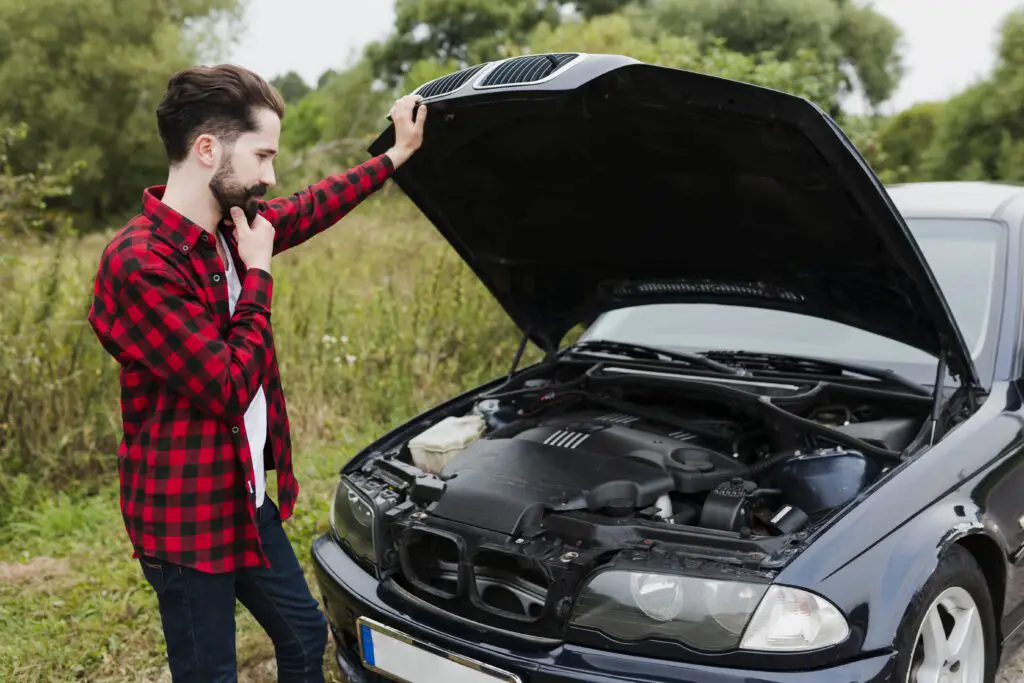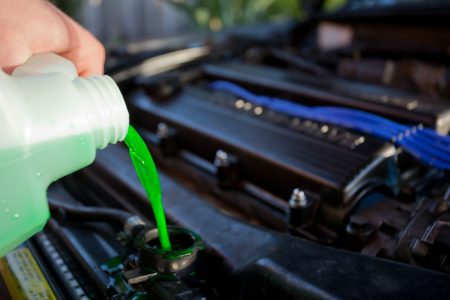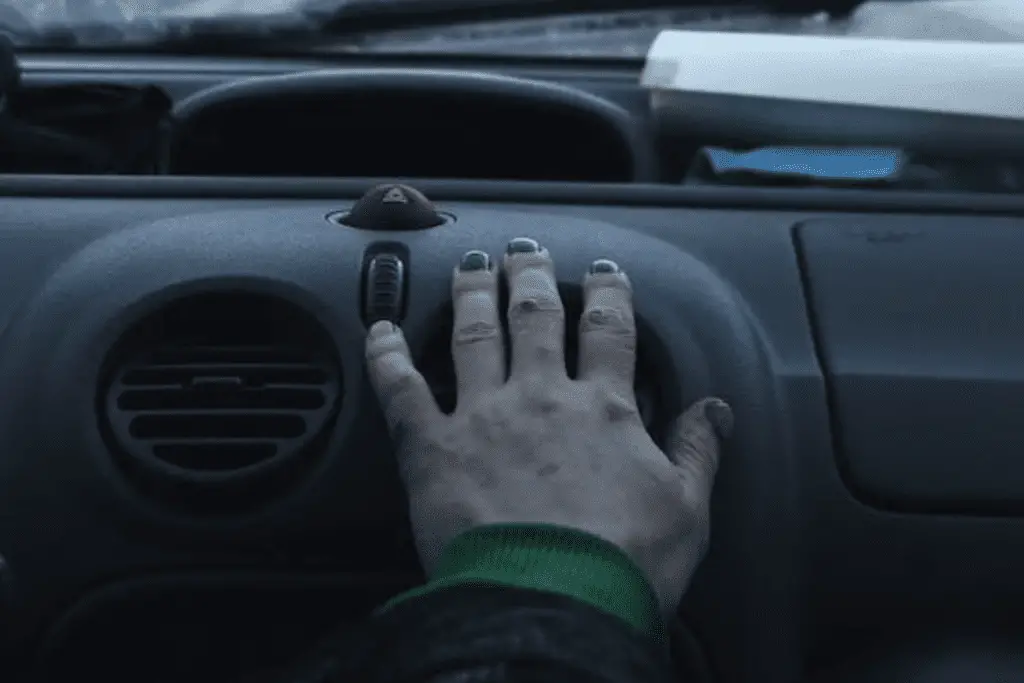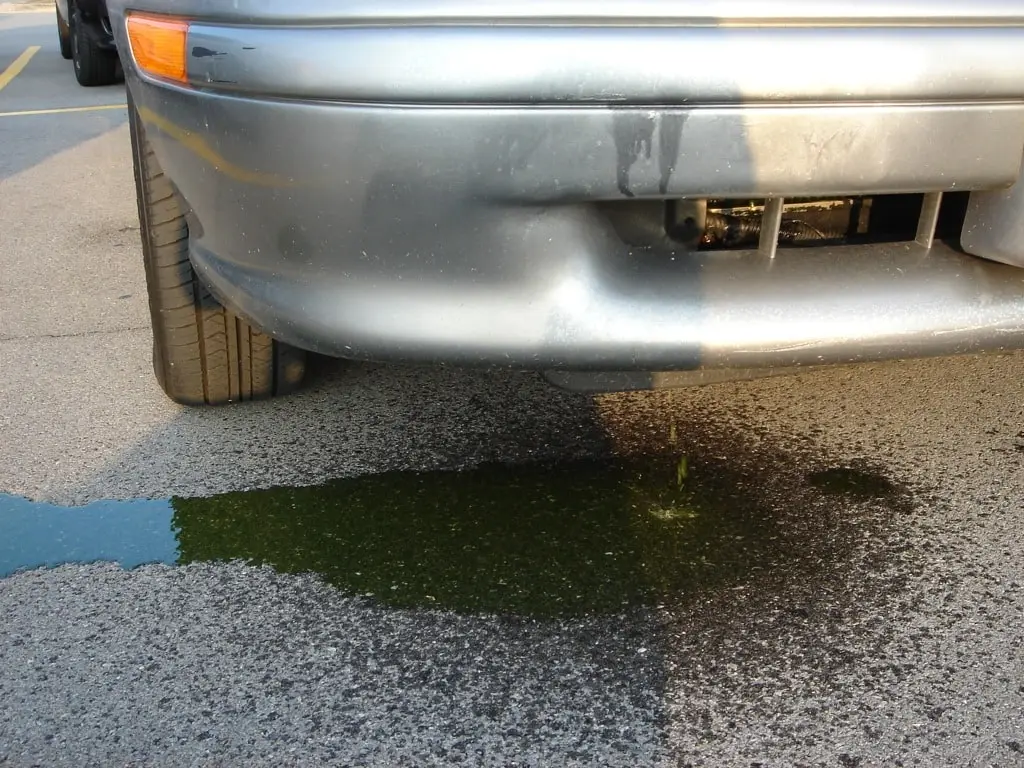Overheating is one of the most common problems that can affect your vehicle’s engine. It occurs when the engine generates more heat than the cooling system can efficiently remove. An overheated engine can lead to major problems if left unchecked. So what causes overheating issues and Can a Radiator Flush Fix Overheating?? Let’s take a closer look.
What Causes Engine Overheating?
There are several potential culprits when it comes to engine overheating:

- Low Coolant Levels: Coolant (also called antifreeze) flows through the radiator and engine block, absorbing heat from the engine. If coolant levels are low, the system can’t dissipate heat efficiently.
- Damaged Radiator: Cracks or leaks in the radiator can prevent proper coolant circulation. This also reduces cooling capacity.
- Faulty Radiator Cap: The radiator cap seals the cooling system and allows pressurization. A bad cap that doesn’t hold pressure will cause coolant loss and overheating.
- Thermostat Failure: The thermostat regulates coolant flow to control engine temperature. A stuck closed thermostat prevents circulation.
- Water Pump Failure: The water pump circulates coolant through the system. A worn or broken pump impeller will reduce coolant flow and cooling.
- Fan Clutch Issues: The fan clutch engages the radiator fan to provide supplementary cooling. Problems with the clutch or fan can limit air flow.
- Head Gasket Leak: A leaking head gasket can allow coolant to escape the system, leading to overheating.
- Clogged Radiator: Debris, dirt and rust buildup in the radiator restricts proper coolant flow.
Signs You May Need a Coolant Flush
Can a Radiator Flush Fix Overheating? If your engine is prone to overheating, there are some warning signs that indicate the cooling system needs to be flushed:
- Rusty or dirty coolant with visible sediment
- Coolant that appears slimy or contaminated
- Discoloration of hoses from flaking rust or grime
- Overheating that persists even after topping up coolant levels
- Sweet, syrupy coolant odor indicating corrosion
- Evidence of oil contamination in the coolant
- Bubbles in the coolant overflow tank due to exhaust gases entering the system

Can a Radiator Flush Fix Overheating? Any of these symptoms point to a contaminated cooling system in need of a thorough flush.
How a Radiator Flush Works
A radiator flush involves draining out all old coolant, then running a special cleaner through the system to remove scale deposits, rust, and grime. Here are the basic steps:
- Drain the radiator and engine block. This may require unbolting a lower radiator hose.
- Mix the flush chemical with water per manufacturer instructions. Commonly used flush solutions include defined formulas of sodium carbonate and sodium phosphate.
- Fill the radiator and run the engine, allowing the flush mixture to circulate. The high pH cleaning agents will dissolve corrosion and deposits.
- Drain the flush solution completely. Refill with fresh coolant and water mixture. This rinses away dissolve grime.
- Run the engine again and check for leaks. Top up coolant level to the proper fill line.
Can a Radiator Flush Fix Overheating? The result is a cooling system free of contaminants with uninhibited coolant flow. This restores the radiator’s ability to regulate engine temps.
Can a Radiator Flush Fix Overheating Issues?
For overheating issues caused by rust, scale, and gunk buildup in the radiator and engine block, a thorough flush using a quality cleaning agent can help restore proper operation. Benefits of radiator flushing include:
- Cleans Radiator Passages: Removes restrictive sediment to improve coolant flow and heat transfer.
- De-Scales Water Jackets: Dissolves scale deposits from engine water jackets.
- Removes Rust Particles: Flushes away corrosion particles that can block coolant circulation.
- Renews Coolant: Gets rid of old, ineffective coolant, replenishing the system with fresh anti-freeze/water mix.
- Reduces Engine Operating Temps: More efficient cooling means engine temps will run closer to optimum.
- Fixes Overheating: By cleaning the radiator, improving flow, and updating coolant, flushing can resolve many overheating issues.
However, a flush won’t fix mechanical problems like a stuck thermostat or water pump failure. Diagnosing the root cause of overheating with maintenance checks is recommended.
Are There Risks of Radiator Flushing?
While a radiator flush is generally low risk, there are some precautions to take:
- Don’t Use High-Pressure Flushing: High-pressure reverse flushing can damage radiator fins and leak-prone areas. Use low pressure pumping instead.
- Avoid Flushing Older Systems: Heavy corrosion damage makes radiators prone to cracking during flushing. Evaluate system condition first.
- Check Compatibility of Cleaners: Strong alkaline or acidic flush products can damage aluminum components. Use compatible cleaners.
- Plug Sensitive Components: Protect sensitive engine parts by blocking them off during flushing procedures.
- Keep an Eye on Fluid Levels: Don’t let the radiator or engine block run dry during draining steps.
- Fix Any Leaks: Address existing coolant leaks before attempting a flush, or new leaks may form.
Can a Radiator Flush Fix Overheating? With some care taken, radiator flushing poses little risk and extends the service life of aging cooling systems.
Can You Flush a Radiator Yourself?
With some mechanical ability and the proper tools, you can DIY a radiator flush in your own garage. Here’s a summary of how to flush a radiator yourself:
Gather Supplies
- Radiator flush chemical formulated for your vehicle
- Clean buckets & funnels
- Ratchet and sockets to access drain plugs
- Garden hose with adjustable nozzle
- Pliers to clamp hoses
- Coolant tester
Drain and Fill
- Locate radiator and engine block drain plugs and loosen
- Drain coolant into drip pans
- Tighten drain plugs once mostly emptied
- Mix flush cleaner per instructions and pour into radiator
- Fill engine block through reservoir if needed
Flush and Rinse
- Run engine until warmed up, then rev slightly to circulate cleaner
- Switch off engine and clamp lower radiator hose
- Drain cleaner solution completely
- Refill with garden hose and run engine until clear
- Drain and refill with fresh coolant mix
Finish Up
- Run engine and inspect for leaks
- Top up coolant level and reservoirs as needed
- Dispose of old coolant properly
With some patience and care, DIY radiator flushing can be done in 2-3 hours without any special tools.
FAQs – Can a Radiator Flush Fix Overheating?
Here are answers to some frequently asked questions about radiator flushing and overheating issues:
Will a radiator flush help my car from overheating?
Yes, a thorough radiator flush can help resolve overheating issues caused by rust, scale, and gunk buildup in the cooling system. Flushing removes deposits and restores proper coolant flow and heat transfer.
What are signs that you need to flush your radiator?
Signs include overheating problems, rusty coolant, contaminated or slimy coolant, excessive sediment, and discoloration or odor changes caused by corrosion. Bubbles in the overflow tank also indicate exhaust gases entering the cooling system.
Does radiator fluid help with overheating?
Yes, keeping your radiator filled with a 50/50 mix of antifreeze and distilled water provides important cooling properties. Antifreeze helps regulate operating temps while preventing corrosion and freezing. So maintaining proper fluid levels helps combat overheating.
Does flushing a radiator help?
Yes, flushing the radiator removes gunk and sediment that can impede coolant flow and cause overheating. Flushing refreshes the cooling system with new fluid and helps resolve temperature control issues in contaminated radiators.
Will a car run better after a coolant flush?
Often yes, as removing contaminants and old fluid improves the cooling system’s ability to maintain optimum engine temperatures. This helps the engine run closer to peak efficiency.
What to do after flushing radiator?
After flushing, refill with new coolant/water mix, run the engine to check for leaks, and allow proper warmup. Top up overflow tanks to the full line and drive conservatively until any trapped air bubbles work their way out of the refreshed system.
The Bottom Line – Can a Radiator Flush Fix Overheating?
Allowing your engine to overheat repeatedly will lead to expensive damage down the road. If you notice signs of cooling system contamination and overheating issues persist after checking fluid levels, flushing your radiator and engine block is recommended.
In most overheating cases caused by radiator gunk and corrosion, a proper flush using the right chemical cleaners can dissolve away deposits and restore proper operation. Just take care not to use high pressure methods or allow leakage during the process.
Keeping your vehicle’s cooling system properly maintained through periodic flushing and fluid changes is important preventative maintenance that extends the life of your engine. So if your rides keeps running hot, a radiator flush is often a cost-effective first step before investigating more involved repairs.

